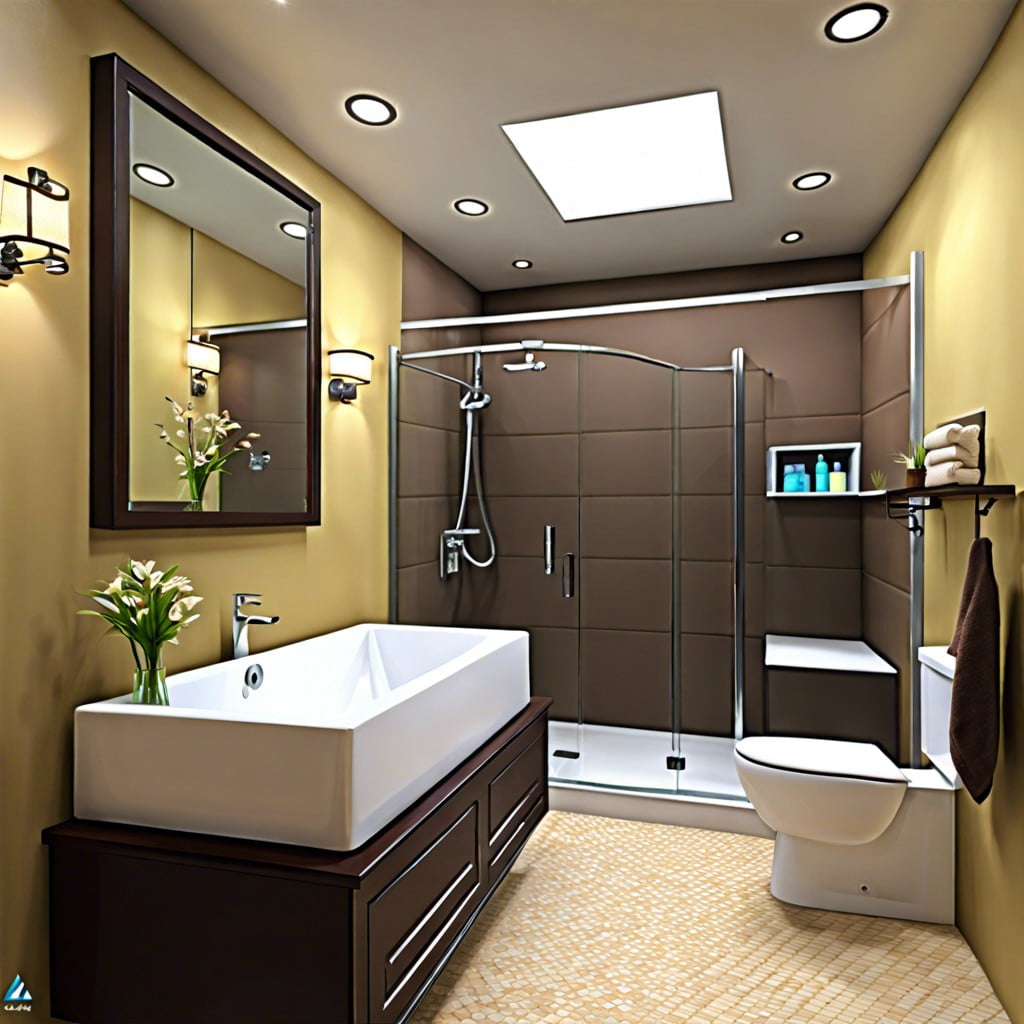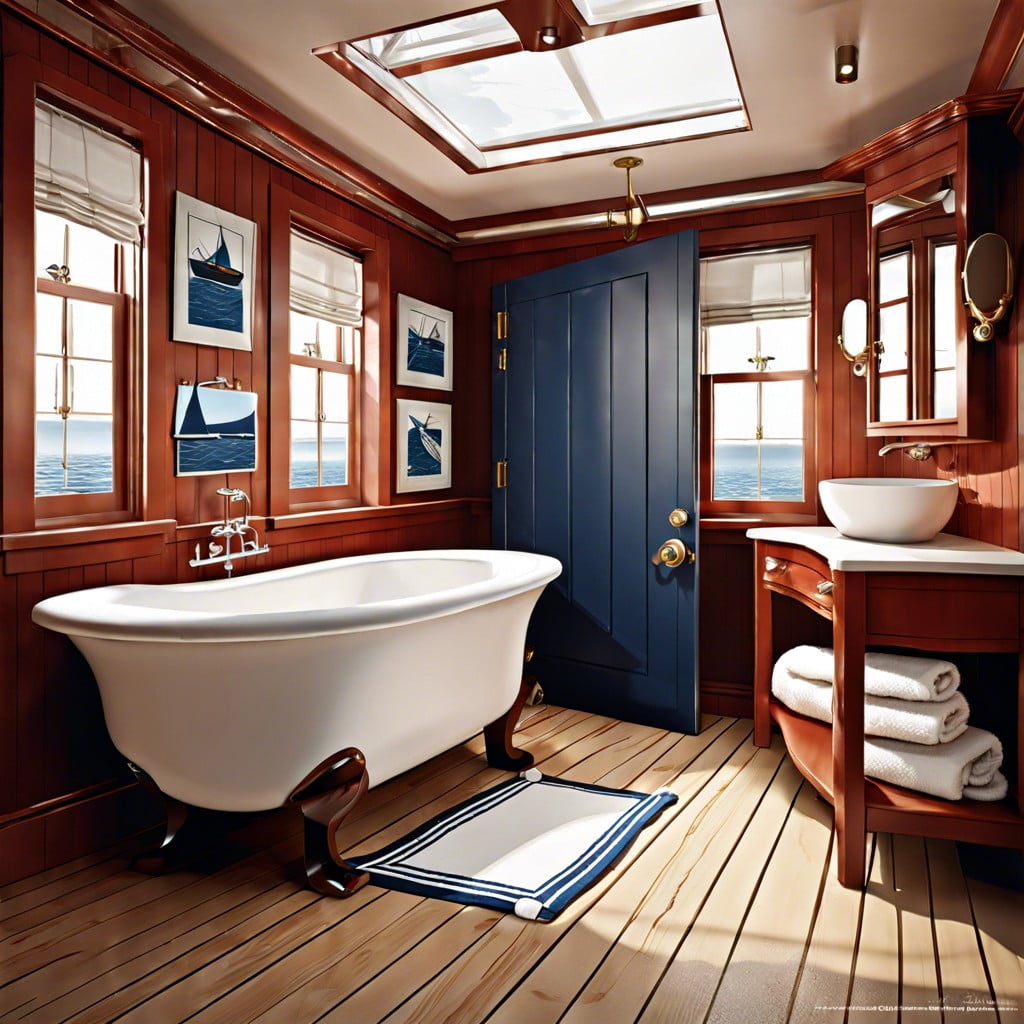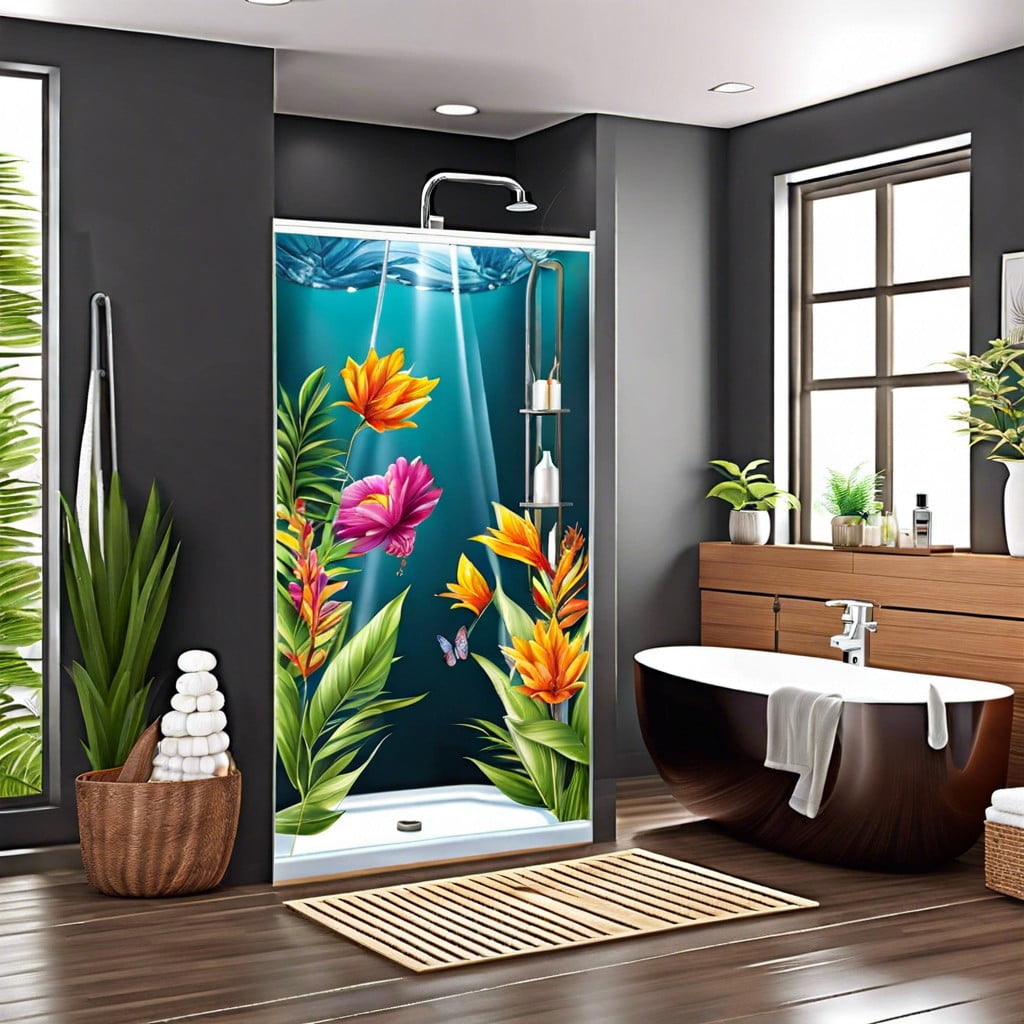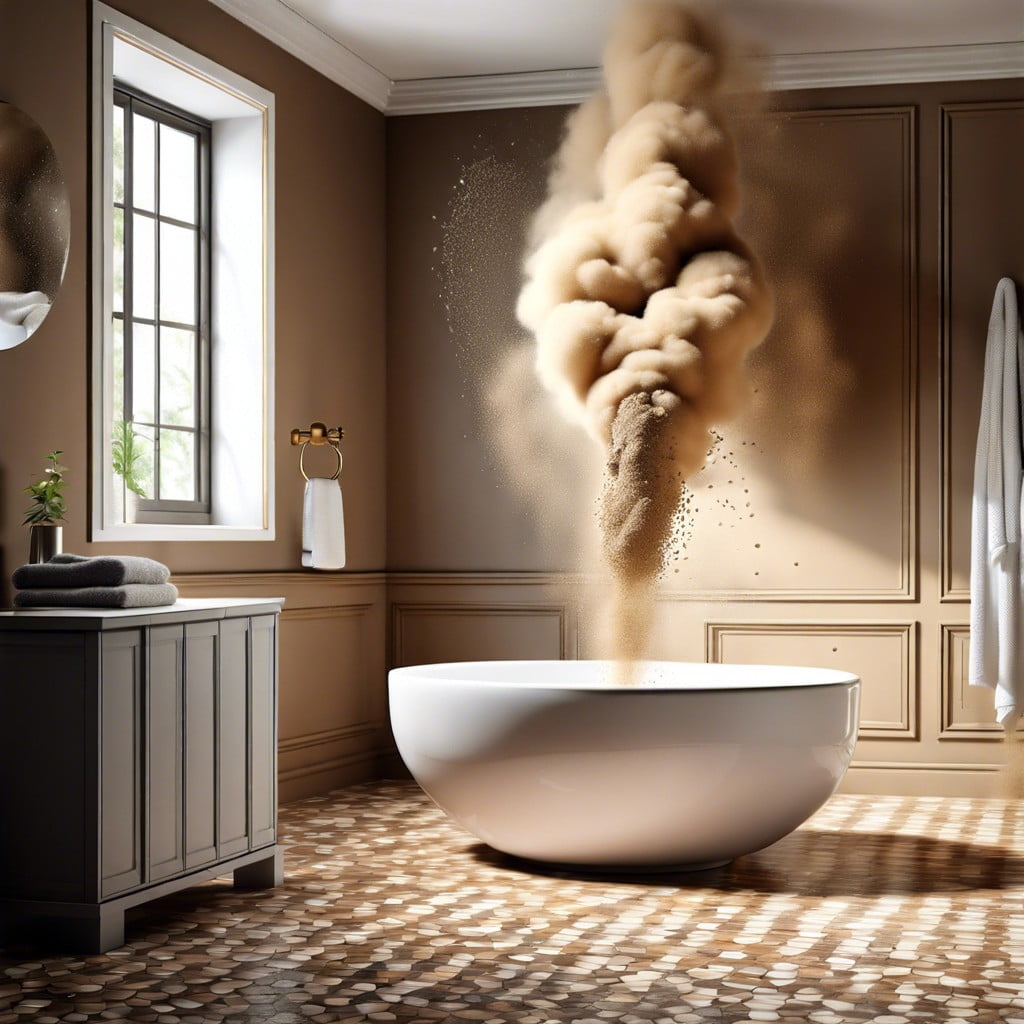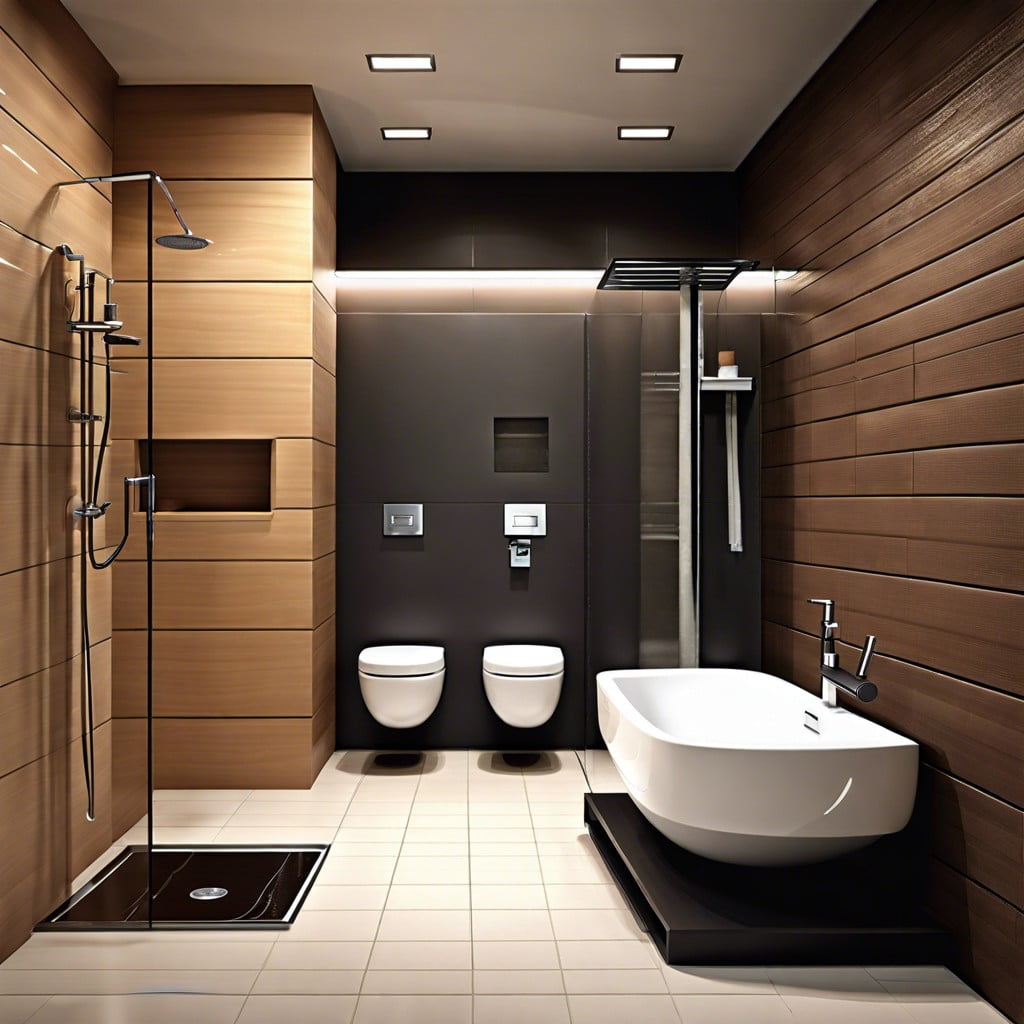Last updated on
Learn the effective steps to potty train your puppy with clear guidance and practical strategies for a mess-free home.
Key takeaways:
- Supervise closely to intercept accidents and learn puppy’s habits.
- Establish a regular outdoor bathroom schedule for consistency.
- Learn and respond to puppy’s potty signals and reward success.
- Utilize a crate for confined supervision when unable to watch closely.
- Clean accidents thoroughly and avoid scolding, use positive reinforcement.
Supervise Your Puppy
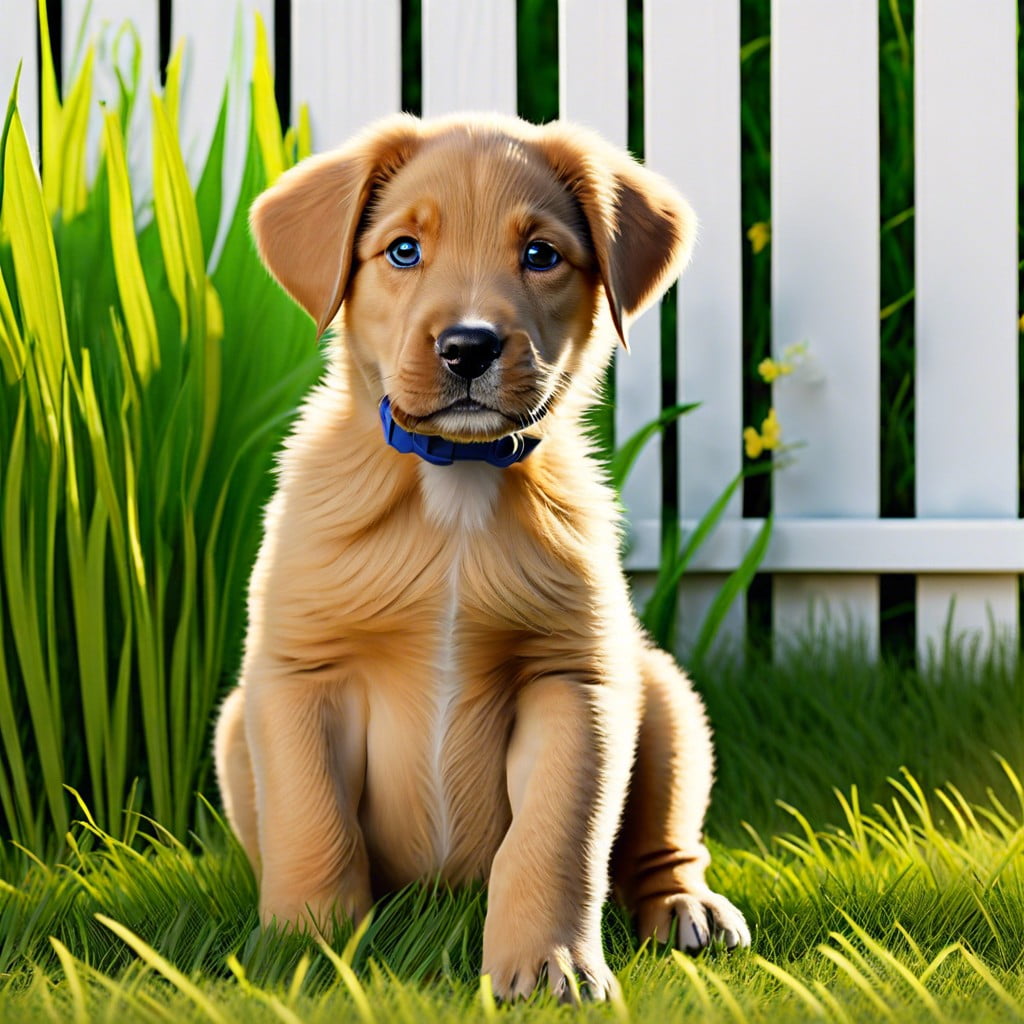
Vigilance is key in the early stages of potty training. Always keep an eye on your furry friend to intercept any potential accidents. This proactive approach not only prevents messes but also aids in learning about your puppy’s specific habits and signals when it’s time to go.
Being present allows immediate redirection outside, reinforcing the idea that the bathroom is outdoors. It’s important to catch them before the act, as after-the-fact scoldings don’t teach the desired behavior.
Implementing this attentive supervision is more than just following your puppy around; it’s an active engagement in their learning process, setting the stage for successful potty habits. Remember, consistency is your ally here. Your unwavering commitment to this watchful period lays the groundwork for a well-trained pet.
Take Your Puppy Outside Regularly and On Schedule
Consistency is key when potty training your puppy. Establishing a regular schedule for outdoor bathroom breaks can significantly accelerate the learning process. Puppies generally need to relieve themselves upon waking, after eating, and during playtime. Taking them outside every two hours is a solid rule of thumb, but the intervals may vary based on the pup’s age and breed.
Over time, your puppy will associate the outdoors with bathroom time, which will help create a natural routine. Always take them to the same spot as their scent will prompt them to go. This forms a habit and eliminates confusion. Remember to reward them right after they’ve done their business, reinforcing the correct behavior with positive affirmation. Patience and persistence are your allies in cementing this crucial step in potty training.
Learn Your Puppy’s Potty Signals and Reward Successful Potty Visits
Puppies communicate their need to potty through subtle signals – sniffing, circling, or whining. Detecting these early signs is crucial for successful house training. Once you discern your puppy’s unique signals, you can promptly guide them to their designated potty area.
Celebration is key post-potty success. Use positive reinforcement like treats, praise, or a favorite toy to reward your puppy immediately after they eliminate in the right spot. This positive association encourages them to repeat the behavior.
Remember, consistency is your ally. The more consistently you recognize their signals and reward the desired behavior, the quicker your puppy will learn. Never underestimate the power of a verbal cue such as “go potty,” which, with repetition, can become a signal for your puppy to relieve themselves on command.
Use a Crate for Confined Supervision When You Can’t Be Attentive
Harnessing a crate’s utility plays a pivotal role in potty training; it leans on a puppy’s natural denning instinct. Dogs don’t typically soil where they sleep, so a crate encourages holding their bladder until they can be taken outside. To maximize effectiveness, here is what to consider:
- Choose the right size. A crate should be cozy enough for your puppy to stand, turn around, and lie down, but not so large that they can eliminate in one corner and retreat to another.
- Make it comfortable. Add a soft blanket or bed to ensure it’s a pleasant place for your puppy to spend time.
- Establish a positive association. Use treats and praise to create a favorable connection with the crate, making it easier to keep your puppy contented inside.
- Introduce crate time gradually. Begin with short periods with the door closed while you’re at home and slowly extend the time as your puppy becomes more accustomed.
- Never use the crate as punishment. This would negate its role as a safe haven and could exacerbate anxiety or behavior issues.
- Incorporate crate time into a consistent routine so your puppy anticipates when bathroom breaks will occur, reinforcing a regular potty schedule. Through thoughtfulness in crate training, you instill lifelong habits contributing to a well-adjusted and house trained pet.
Clean Accidents Thoroughly and Avoid Scolding
Accidents are an inevitable part of the potty-training process. To prevent your puppy from making the same mistake twice, it’s essential to eliminate any odors that could lure them back to the scene of the mishap. Use an enzymatic cleaner specifically designed for pet stains, as it breaks down and completely removes the smell, rather than just masking it.
Immediately and thoroughly cleaning the area sends a clear message that this isn’t the proper place to relieve themselves. Meanwhile, patience is key when addressing accidents with your puppy. Dogs do not understand punishment after the fact, and scolding can breed anxiety, potentially leading to more accidents. Positive reinforcement is the most effective and humane method. Rewarding good behavior will encourage your pup to continue those behaviors, whereas punishment can create a disconnect in their understanding of what’s expected.
Remember, consistency and a calm demeanor are your greatest assets in solidifying the right potty habits. Keep your responses to accidents clean and serene, and you’ll be on your way to a well-trained pup.
Recap
